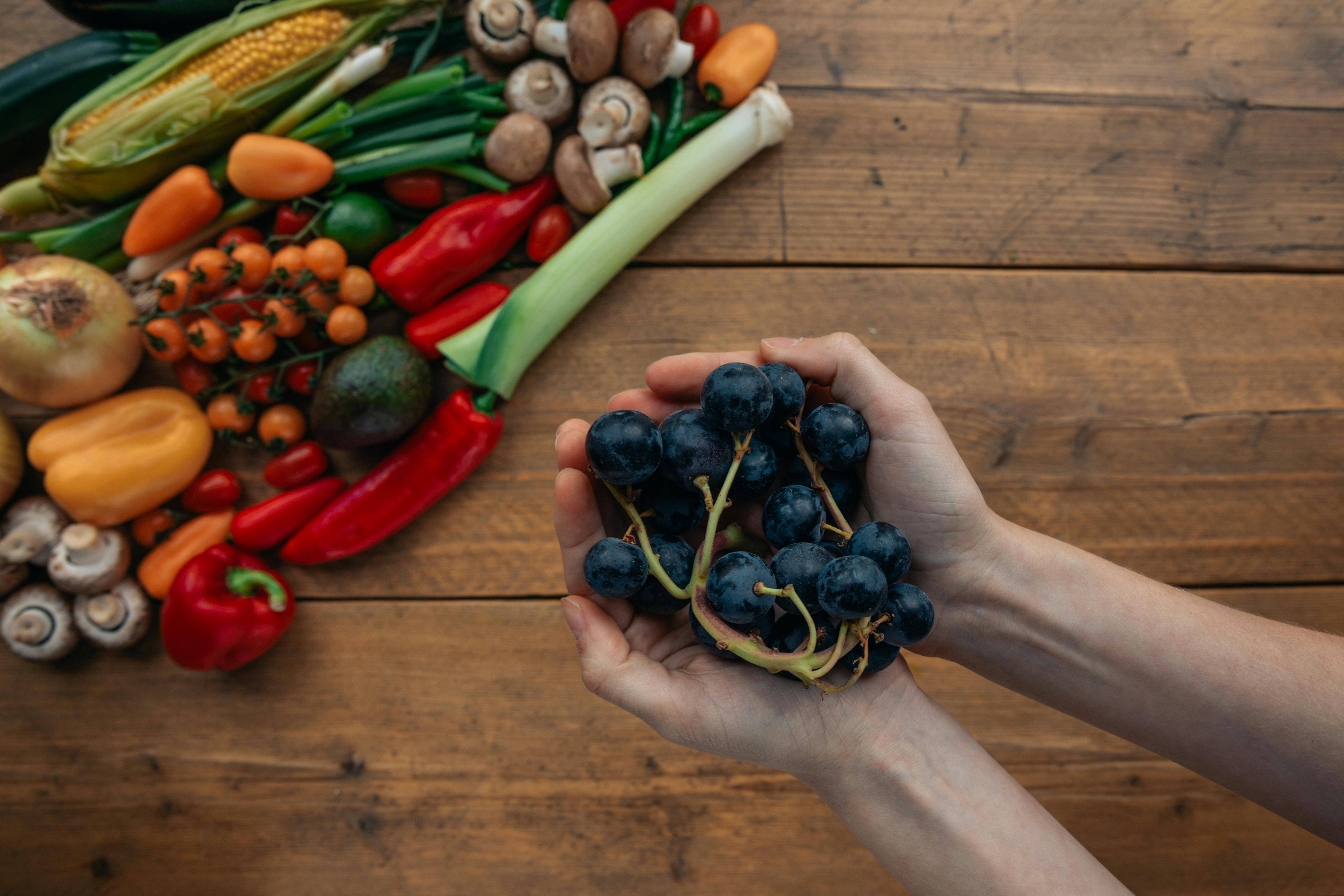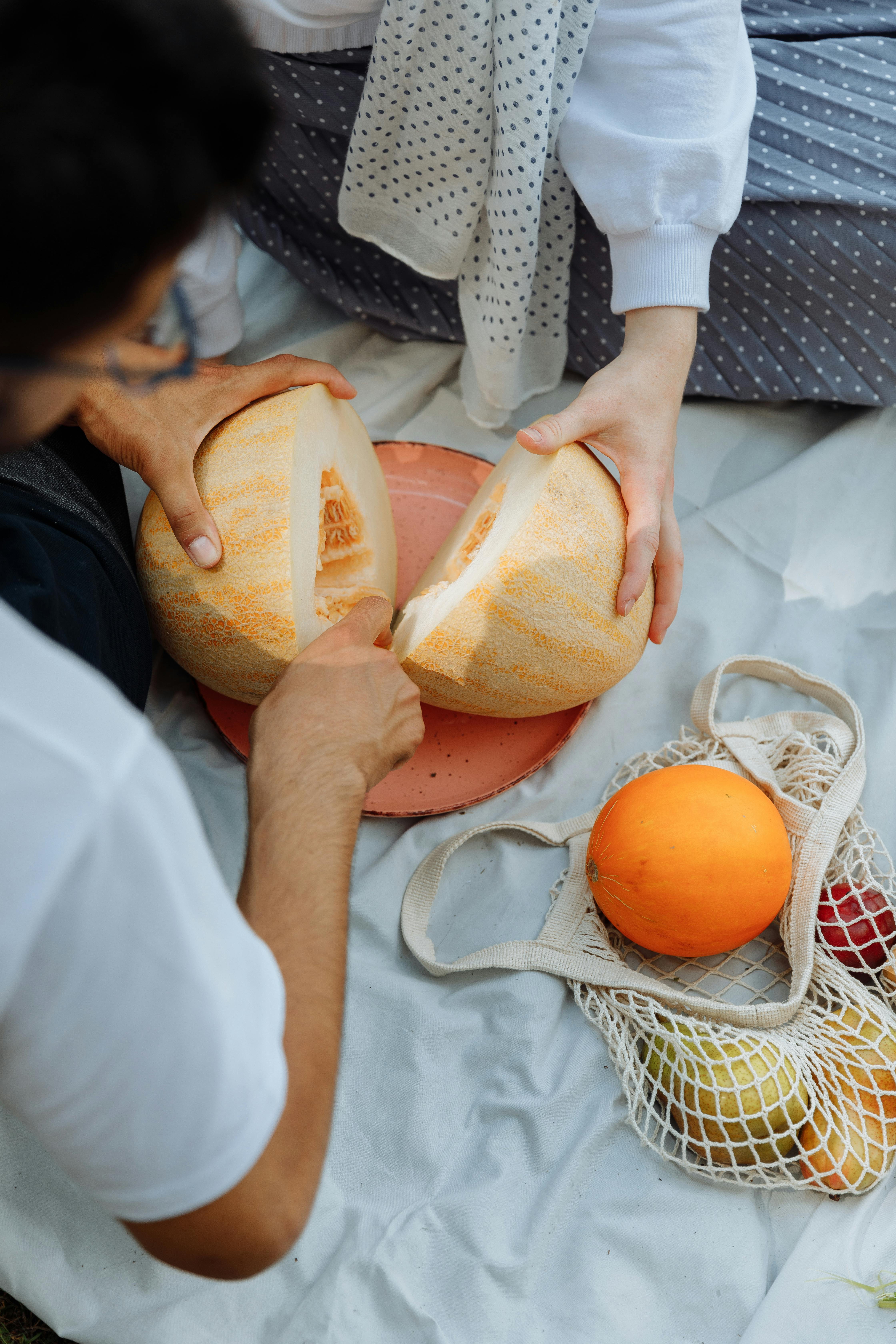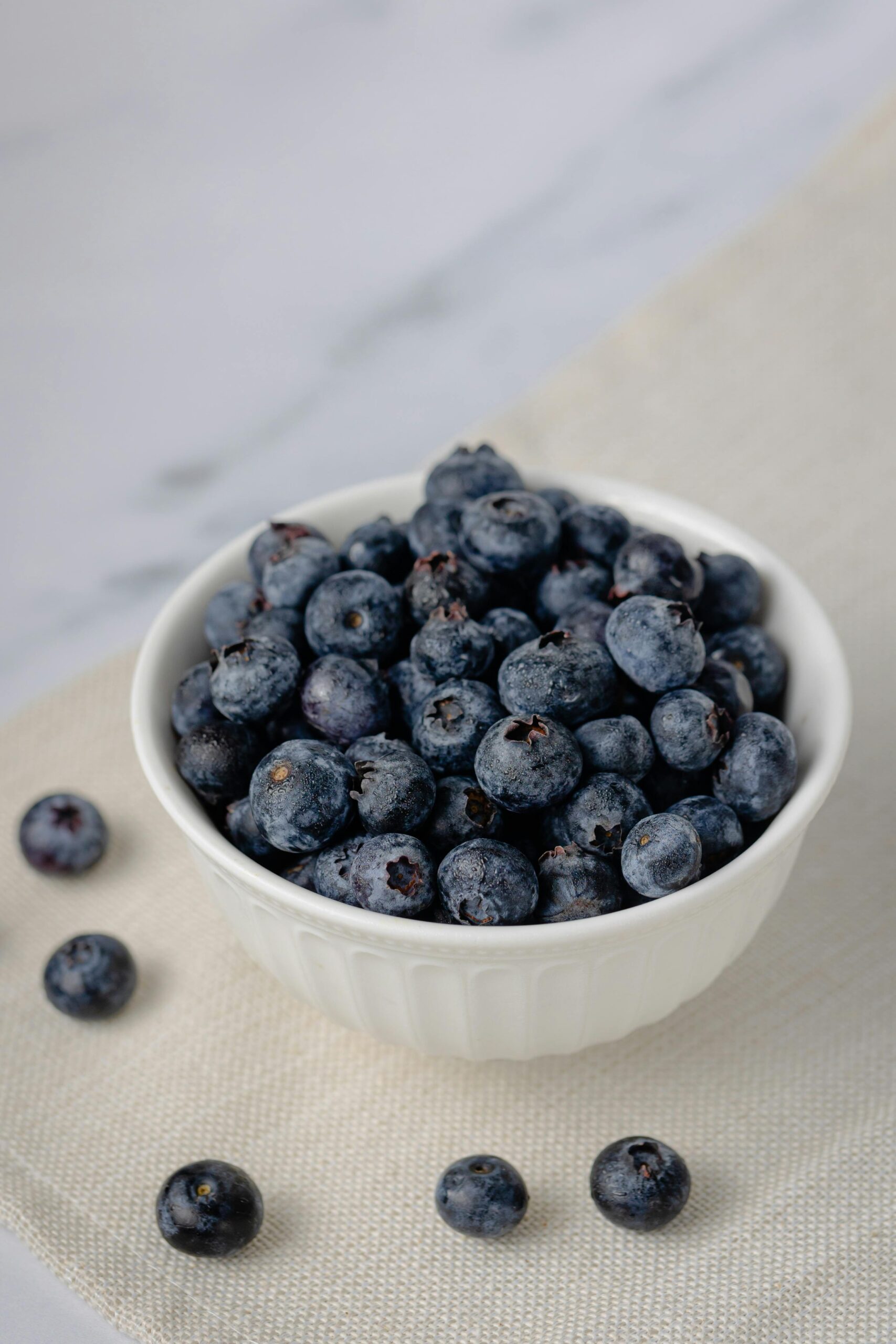Effective Ways to Optimize Blue Tongue Skink Diet for Healthy Living in 2025
The blue tongue skink is a beloved reptile pet, known for its vibrant appearance and amiable demeanor. As omnivores, they require a carefully balanced diet that mimics their natural feeding habits to promote health and longevity. Understanding what blue tongue skinks eat is crucial not only for their physical well-being but also for their overall happiness and behavior. This article will delve into a complete guide on blue tongue skink feeding, including nutritional needs, suitable foods, meal plans, and much more. By optimizing their diet in 2025, you can enhance the vitality of your blue tongue skink and ensure they thrive in a captive environment.
Key takeaways include:
- Understanding the essential dietary components
- Implementing a diverse meal plan
- Identifying appropriate treats
- Recognizing vital supplements
- Debunking common dietary myths

Essential Guide to Blue Tongue Skink Feeding Needs
Knowing the fundamental blue tongue skink diet requirements is the first step toward promoting a healthy pet. A well-rounded diet should consist primarily of proteins, carbohydrates, and essential fats. The main sources of nutrition for blue tongue skinks are fruits, vegetables, and proteins from insects and meats, which provide the necessary vitamins and minerals. Incorporating a range of food types is critical to ensure they’re getting a balanced intake.
What Do Blue Tongue Skinks Eat?
In the wild, blue tongue skinks forage for a variety of foods, including leaves, flowers, fruits, and insects. When choosing what to offer in captivity, it’s important to replicate this natural diet as closely as possible.
Consider feeding them leafy greens such as collard greens, dandelion greens, and kale, as well as fruits like strawberries and melons. Location also plays a role; sourcing local fruits and vegetables can mix up their diet while ensuring freshness.
Best Food for Blue Tongue Skink
The best diet incorporates commercial skink pellets designed to meet their nutritional needs alongside fresh produce and proteins. These pellets can provide a balanced base that’s easy to manage.
Additionally, providing whole prey items like pinky mice, insects like crickets and earthworms, and homemade recipes can help simulate their natural environment and dietary variety. Always ensure food is appropriately sized to prevent choking hazards.
Blue Tongue Skink Calcium and Vitamin Intake
An essential element in their diet is calcium, which is vital for bone health. Blue tongue skinks are prone to metabolic bone disease if not given proper levels of calcium and vitamin D3. It’s advisable to use a reputable calcium supplement and consider UVB lighting to help them synthesize vitamin D.
Monitor their health consistently through regular vet visits, watching for any signs of calcium deficiency, such as twitching or lethargy, which can indicate dietary issues.
Practical Tips for Blue Tongue Skink Meal Preparation
Building on the foundational knowledge of the blue tongue skink diet, it’s essential to focus on meal planning and preparation methods. Making dietary choices that cater to their taste preferences while ensuring nutritional balance can elevate their feeding experience.
Creating a Balanced Meal Plan
Design an optimal blue tongue skink meal plan by incorporating a mix of fruits, vegetables, and protein sources. A simple weekly plan could consist of leafy greens offered daily, with proteins included three times a week. Rotate the fruits and veggies to keep their diet exciting.
A balanced meal plan might look like:
- Monday – Leafy greens + protein (insects)
- Tuesday – Vegetables + fruits
- Wednesday – Leafy greens
- Thursday – Protein (meat) + fruits
- Friday – Mixed vegetables
- Saturday – Leafy greens + treats
- Sunday – Variety of fruits
Blue Tongue Skink Feeding Schedule
Feeding frequency is equally important. Young skinks generally require food every day, while adult skinks can be fed every other day. Monitor their weight and overall health; adjust the schedule if you notice weight gain or loss.
Always provide clean water; dehydration can quickly occur in skinks. Water dishes should be cleaned regularly to prevent spoilage.
Homemade Blue Tongue Skink Food Ideas
For those looking to give their skinks a bit of variety, homemade diets can be quite beneficial. This can involve blending vegetables with protein sources into a mushy mix that is both palatable and nutritious.
Using ingredients like sweet potatoes, butternut squash, and finely chopped fruits can create a delightful treat that caters to their needs. Mixing in protein powders designed for reptiles may also enhance nutritional content.
Navigating Dietary Restrictions and Changes
With an understanding of the blue tongue skink dietary requirements established, it’s crucial to address potential restrictions. Some skinks may develop specific food allergies or may not tolerate certain foods well. Observing your skink’s reactions to new foods is important in ensuring their well-being.
Common Dietary Challenges
One of the most common issues involves recognizing nutrient deficiencies. If a skink shows signs of lethargy, poor appetite, or unusual shedding, these can all signal dietary imbalances. Other challenges may include avoiding over-reliance on high-fat foods or skip items like essential veggies that may result in long-term health issues.
Regular vet checkups can help pinpoint any problems before they become critical, keeping feeding habits on track and body condition optimal.
Adapting to Seasonal Feeding Patterns
Blue tongue skinks may show varying food preferences throughout the year. During spring and summer, they may crave more protein-rich foods due to increased activity levels. Conversely, colder months might prompt a shift towards heavier, nutrient-dense foods.
It can be beneficial to adjust your feeding strategy according to these seasonal changes, ensuring your skink maintains a healthy lifestyle throughout all periods.
Hydration Needs and Sources
Hydration is a crucial component of your blue tongue skink’s health. Dehydrated skinks may exhibit signs like sunken eyes or dry skin. Always ensure fresh water is available, and consider misting the enclosure frequently. Moist habitats encourage hydration naturally, reducing the risk of dietary-related health issues.

Conclusion: Maximizing Blue Tongue Skink Health Through Diet
In conclusion, optimizing your blue tongue skink’s diet is fundamental to their overall health and happiness. With a balanced intake of fresh produce, diverse proteins, and the right vitamins and minerals, you can ensure your skink thrives as a cherished pet. Always remember to watch for signals from your skink, adjust as necessary, and treat them to a variety of foods to make every meal an adventure.
For more insights on blue tongue skink pet care and diet details, visit here and explore further links on care guidelines here.
